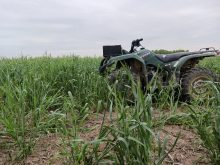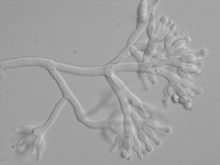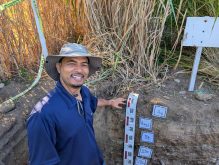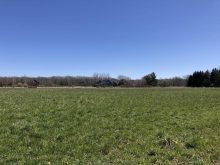On Rick Bieber’s farm in South Dakota, he works hard to follow the rhythms and cycles of nature in his cropping and livestock system.
He uses diverse cover crops and livestock to cycle nutrients and keep living roots in the soil as much as possible.
From Andrew McGuire’s perspective, Bieber may not be creating the most productivity from his soil. He says the research continues to support the efficiency and vigour of monocropping systems, even if that monocrop is a cover crop.
Why it matters: Cover crops are increasing in popularity as farmers look to stem soil organic matter losses, better use nutrients and control water runoff. But there’s still lots of debate over and research needed into what cover crop mix to use and when.
Read Also
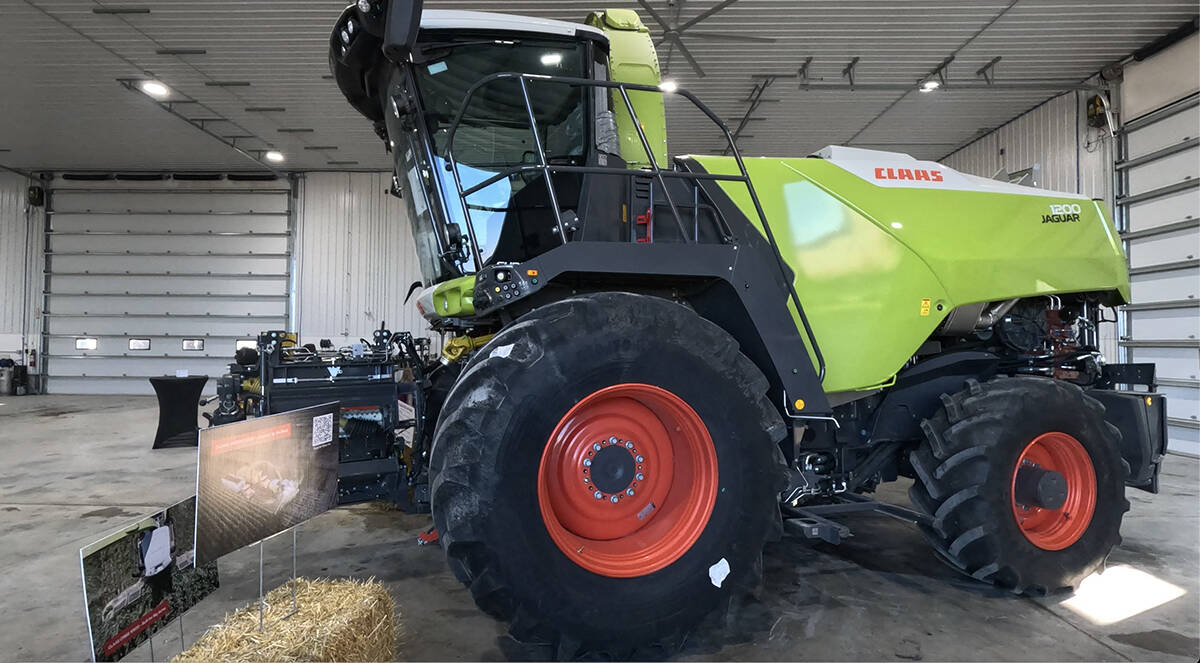
Claas brings 1000 Series SP forage harvesters to Canada
In mid-August, Claas unveiled its new line of Jaguar forage harvesters at an event in Visalia, California, deep in the heart of that state’s dairy region.
Both sides of the argument – follow nature’s rhythms or create our own – were made by speakers at different Ontario agriculture conferences this winter.
Speakers at the Innovative Farmers of Ontario (IFAO) annual conference recently in London are at the leading edge of experimenters with crops and they tend towards diversity in rotations and cover crops in a bid to make their farms act more like the natural ecosystems their farms replaced.
On Derek and Tannis Axton’s farm in Manitoba, they have diversified their crops to include 16 different crops in 2016, down to 12 in 2017 across the 6000 acres they farm. The Axtons were named one of two Canada’s Outstanding Young Farmers in 2017.
The Axtons say they farm with a microscope, monitoring the amount of bacteria and the many other microbes in the soil.
“The first time I looked at the soil was a very sad day for me,” Derek told the IFAO meeting. They are now seeing more diversity, including microarthropods, protozoa and beneficial nemotodes. “Is a living ecosystem.”
Bieber sees himself as a soil caretaker.
“Thinking that humanity can create something better than nature is an illusion,” he said at the IFAO meeting. He manages his rangeland to look like nature.

His spring wheat fields are solid seeded, like rangeland is if left to nature. They then follow the combine harvesting wheat with cover crops. The area where he lives is chronically in a drought situation, and the height of the dry period is when the wheat comes off. His neighbours tell him he’s going to get nothing to grow planting into soil that dry, but “even if we have no rain on it, it is still healthy.”
Like a leak in a fuel tank
He aims never to have sunlight hit the ground. If it does, it isn’t being harvested by a plant. He likens having sun hit bare ground to have a leak in a fuel tank.
After the diverse cover crops are growing, he puts his “bioaccumulators” or beef cows onto it. He has a partnership with a large beef ranch and they put 1000 cows on 200 acres for 11 days, which he says is similar to how buffalo used to harvest the rangeland.
In corn he’ll interseed a cover crop at the V6 stage, and then put the cows back into the corn field, with cover crop, after harvest.
Bieber also follows nature’s guidance on what crops he plants when. Like the schedule of emergence for nature’s plants, he aims to have cool season grasses growing first, then, cool season broadleaves, followed by warm season grasses and then warm season broadleaves.
He sees the soil as the skin of the earth and aims to slice into it as little as possible and with as little disturbance as possible. That’s why he replaces his ‘scalpels’ or planter blades every 1000 acres.
Andrew McGuire, an agronomist with Washington State University also believes in cover crops, but he’s not as convinced that following nature is possible or advantageous as farmers attempt to replace the nutrients they pull out of the ground to grow crops.
He suggested that the best cover crop could be a monocrop in an internet post and got a lot of response. That’s one of the reasons the Ontario Soil and Crop Improvement Association (OSCIA) had him speak at its annual meeting and conference recently.
He argues that by focusing on diverse cover crop mixes farmers may be diluting the individual benefits of each of them. Better may be to focus on solving one problem with one type of cover crop and do it well.
“I’ve looked at a lot of research, and I’ve found there isn’t much advantage to cover crop mixes,” he said.
When you mix something, you are looking for synergy – a sum that’s greater than the individual values – and he says that other than some nitrogen value effect between legumes and grasses, there isn’t much to show that there’s a total value improvement to cover crop mixes.
Nutrient supply in farming is also a problem, he says, as too many nutrients are taken from farmland and sent to be consumed in cities and towns. The nutrients don’t find their way back, other than in occasional use of biosolids.
Manure won’t solve the problem as the amount of manure that has to be applied to replace nutrients removed by crops is well above what an animal would deposit in its droppings.
“Manure application is not mimicking nature,” he said.
He also says that single crop rotation is better as a disease break than polycropping, or growing multiple crops in one field, as long as the monocrop rotation is diverse enough.
With numerous farmers talking about how much they value diverse cover cropping rotations at the IFAO meeting, as well as the OSCIA meeting, there’s still more to be learned on how to make the best cover crop selections – whether or not they follow the lead of nature.






